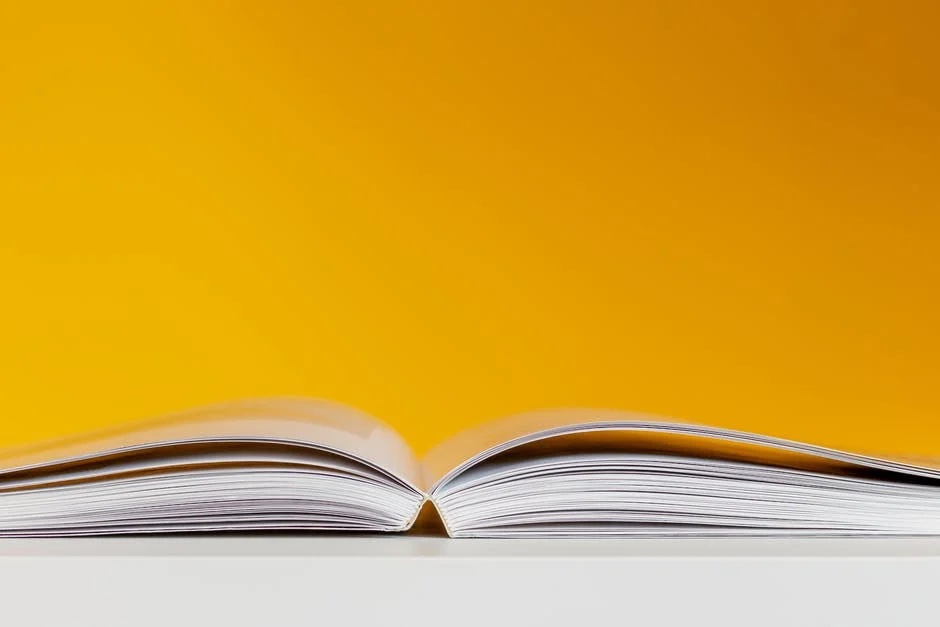The publishing industry is still alive and thriving! While e-books are great in terms of convenience and overall affordability. Nothing beats the feeling of a good book in your hands.
Despite the pandemic, the sale of print books
rose by 8.2% in 2020! With a rise of 9.7% in trade paperback alone, it’s easy to see there is increasing demand for softcover book printing.
With a growing interest and need for physical books, you may be thinking that some projects you’d like to see realized.
Read on to get the full low down of what the different styles of binding and options to consider!
What Exactly is Softcover Book Printing?
A soft cover book is where the pages are bound inside a malleable paper cover. Examples of this can be anything from a paperback novel to a magazine or a personal photo book to a corporate report.
Softcover differs from hardcover (or hardback) in several ways. The first giveaway are the names! Hardcover books have the pages bound inside a thick, stiff board cover. Not so terribly long ago (think pre-1930’s), hardcover books were the only types of books available.
Before mass production, books were hard-bound, hand-made, and expensive. Luckily for us, that has changed significantly. These days, printing softcover books is the way to go for several projects.
That’s not to say we don’t love hardcover! We just know there are practical applications for every kind of book. They’re all going to have their own printing requirements.
What Are My Options Then?
When it comes to softcover binding, the options can feel a little overwhelming. Not to worry! Every binding process has its own applications. We want to demystify the process.
Whether you want something you can treasure for years. Like a softcover photo book, or you simply need some professional manuscripts collated for work. There is an option to suit your every need.
The process doesn’t have to be as daunting as it seems and a good place to start is with a perfect bound book.
Perfect Bound
Perfect bound book printing is used most commonly for novels, magazines, cookbooks, educational books, and even high volume catalog printing. This type of book you would not see in museums and art galleries.
Most of the books you’ll see in stores will be perfect bound. The reasons for this are threefold.
First, perfect bound book printing has a clean, professional finish because the pages are neat and compact. These books are great for bookstores and home shelves because they tend to be slim and tidy. Not only that, but this particular binding method is
far cheaper than hardcover bookbinding.
However, if the page count is lower than around 64+ pages, a saddle stitch is more commonly used.
Saddle Stitch
Saddle stitch refers primarily to a bookbinding method. It is folded sheets of paper are gathered inside each other and then stapled through the fold lines. Pages will be folded individually, slipped into said stack, and then bound in the middle of the leaflet.
Sometimes these stacks are then further bound together, either by glue or thread. The pages will then be trimmed and neatened on three edges.
Saddle stitch binding only really works with page counts that can be divided by four. This particular process is economical, quick to manufacture, and sturdy.
Additionally, the pages can open almost completely flat. This is especially useful if you have information or images right up to the edge of the page.
Wire-O and Coil Bound
Sometimes neither perfect binding nor saddle stitch is going to be necessary for your project.
In this case, you’re going to want to look at Wire-O or coil bound books. This binding method is also known as wire binding, twin loop, or even duo wiring. It uses preformed wire loops that are inserted into holes that have been punched through the book’s pages and cover.
It’s a popular binding method for training manuals, music books, brochures, corporate and sale documents, and calendars.
This kind of binding is exceptionally convenient because the pages open completely flat and can be turned and folded over without damaging the book or its pages.
The maximum number of pages you can include in a Wire-O book is dependent on the weight of the paper. The diameter of the spiral. Individual sheets can be included as well as different paper weights and paper textures.
You could have most of a book printed in black and white on thin paper. Then a few glossy, full-color spreads. While there is a gap between the pages due to the wire, in most of the applications listed above, this shouldn’t be a problem.
What Are Typical Book Sizes?
While you could feasibly print a book, catalog, or magazine in any size you’d like, there are
general standard formats, and we think it’s important to just mention some of them.
A 4×7 print book softcover is a popular choice for self-publishing as they are literally designed to fit comfortably into the back pocket of a pair of pants (or trousers, if you’re reading this in the UK).
Whether it’s these pocketbooks, standard US trade printing at 6 x 9 inches or digest size at 5.5 x 8.5 inches, or something completely different, we’ve got you covered. No pun intended, of course.
How Do I Know What to Choose?
Not to worry, when it comes to managing your choices, we’ve got this down to a fine art. We want the best for your project and will guide you at every step of the production process.
With 20 years in the printing business, we’re well equipped to deliver tailored softcover book printing services, whether you want to print softcover photobooks or just get a sense of the cost to print a softcover book.
Contact us today for a quote or to ask any questions, and we’ll be more than happy to assist!
